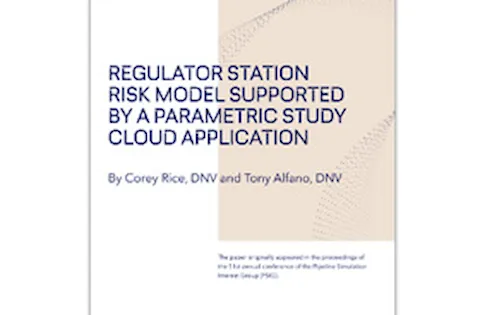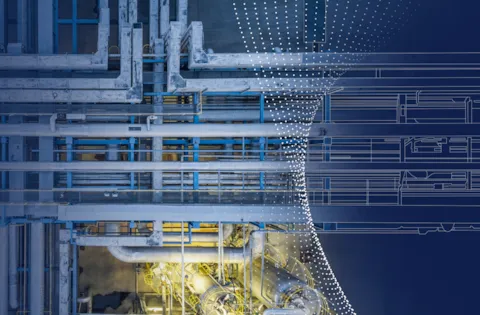This whitepaper presents a systematic approach to evaluate the potential fail open and fail closed scenarios for numerous regulator station design types, and then pair the likelihood of these events with the potential consequences, including health and safety, property damage, and network outage impacts.
The gas industry has relied on pressure regulators for over two centuries to maintain a constant, reduced pressure to deliver gas safely to consumers. While modern gas regulator stations are highly advanced, they are not without vulnerabilities that can pose a significant risk to the safety and reliability of operators. Consequences of the failure of gas regulator stations may include customers unable to heat their homes during frigid temperatures, damage to equipment, and even loss of life in the event of an explosion. Utilities are under constant pressure to demonstrate that they are operating their systems at the highest level of safety, compliance, and efficiency. In fact, the National Transportation Safety Board in the United States has already started to lay the groundwork for increased regulations nationwide, one aspect of which is the vulnerability of the regulator stations themselves.
This complimentary whitepaper narrows in on a systematic approach for the natural gas utilities to evaluate the potential risks and associated consequences of fail open and fail closed scenarios for numerous regulator station design types. The paper describes the regulator station risk model and the methodology used to provide critical information required by the risk model for determining the consequence of failure. Finally, a parametric study approach is added to to analyze the hydraulic consequences of regulator stations completely failing open.
Learn more about our Regulator station impact assessment applications
Watch the video to learn more about the Pipes Act 2020 and how DNV can help:

Regulator station risk model supported by a parametric study cloud application
Download the whitepaper

Advanced Network Analysis & Hydraulic Modelling Software
Explore Synergi Gas